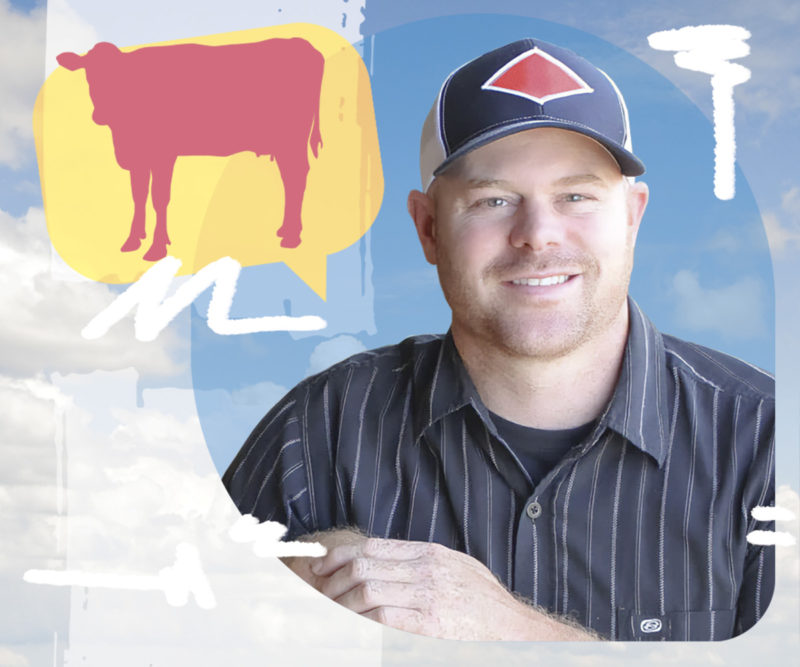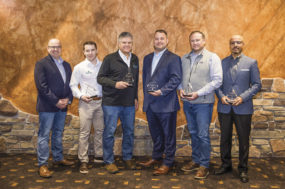Much of on-farm success is the ability of a farmer to ensure a cow has a calf every single year.
Most farmers pride themselves on their ability to efficiently put a calf in a cow and take a calf out of a cow. These above-average abilities have enabled your average farmer to engage in dinner conversations, whether warranted or unwarranted, about fallopian tubes, ectopic pregnancies, luteinizing hormones and optimal insemination time.
This unique level of knowledge also provides your average farmer with the temptation to share such knowledge at the most inopportune times. Namely, when their spouse is in labor and delivery. There is an inner voice that bubbles to the surface – a desire to compare the current situation to hooking up a calf's legs to the pulling chains to assist with delivery.
Your author exhibits neither the wisdom of the elderly nor the knowledge of when to hide his knowledge on all things reproductive. With one of our three children, I distinctly remember the conversation I had with the on-call labor and delivery doc. I’m not sure which child in particular ... there were three, after all. (I kid, I kid.) Our doc was the aunt of a well-known NFL quarterback, and I made several quips to her about the need to not “fumble the football” through this process. Again, not the time for jokes. I know this now.
She did, however, show an interest in the corollaries of bovine insemination and the crossovers to our human counterparts. After a careful explanation of synchronization with luteinizing hormone dinoprost and timely insemination, I found a captive audience. She was baffled at the cost of the shots which, at the time, could be purchased for a large mocha frappuccino at Starbucks. She went on to inform me that those hormones are synthetic and the exact same hormones are used in human medicine to help couples who struggle with fertility. After doing some research, I learned that the same hormones used in cattle have a history of being smuggled out of the U.S. and into developing nations to be used in fertility clinics. This is really what laid the groundwork for what is now known as the Faber Dairy and Human Fertility Clinic. (I kid, I kid.)
It didn’t take long, and soon our little bundle of joy was crowning. Fortunately, she was feet first and wasn’t breached. We didn’t need any J-Lube or chains. After some incredible coaching on her father’s part, our lovely daughter was born. On arrival, I tickled our newborn's nose with straw, dipped her navel and threatened to tube her with 4 quarts of colostrum.
At this point, her mother was looking fairly perky after all my calf analogies, and it was becoming increasingly clear she was not wanting an IV of calcium. After nine months of carrying and six hours of labor, this fine woman did not appreciate my analogies, nor the fact that my contribution to the entire process, while not particularly comparable in length, was still somewhat significant.
If I can take a moment to provide some insights to the male portion of our audience, who may find themselves in a situation where they have a child on the way or one in the future: Do not, under any circumstances, compare the expectant mother’s trials to that of a cow going through labor because they tend to get upset. And being upset is for cows in a negative dietary cation-anion difference (DCAD) ration. (I kid, I kid.)
Love the mothers in your life and tell them today that you appreciate their contribution. In the words of a famous poet, “The hand that rocks the cradle shapes the world.”





